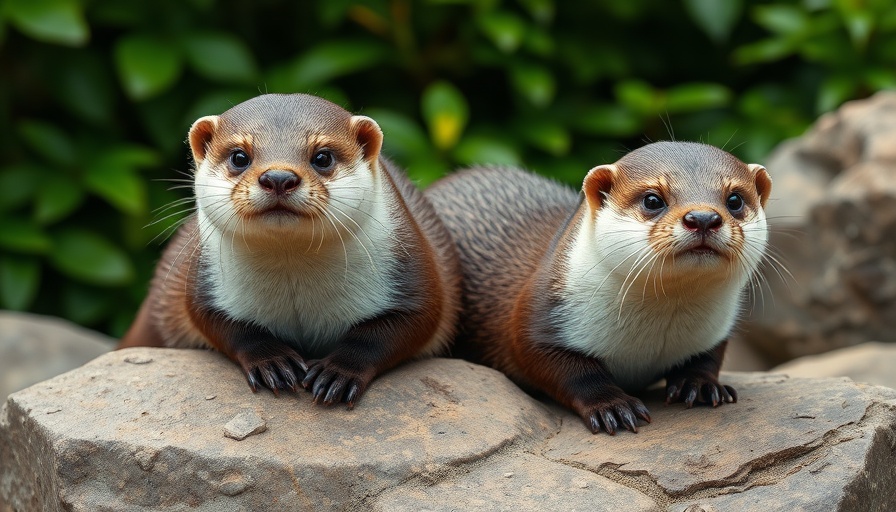
Devastating Vandalism at Nene Wetlands
In a heartbreaking incident, vandals recently destroyed critical nesting sites for sand martins at the Nene Wetlands nature reserve in Irthlingborough, Northamptonshire. This senseless act, which occurred on June 24, involved the demolition of specially created artificial sand banks that cost the Bedfordshire, Cambridgeshire, and Northamptonshire Wildlife Trust £3,000 to establish just three years ago. The destruction, which included ripping panels off the nesting structures and tossing sand-filled tubes into a nearby lake, sets back years of conservation work aimed at restoring sand martin populations. The wildlife trust expressed deep concern, noting that the incident is part of a disturbing trend, including recent arson attacks on the reserve.
Why Sand Martins Matter
Sand martins, once rare at the wetlands, have found a home there thanks to these artificial nesting facilities. These migratory birds, which journey from Africa to Europe every summer to breed, are vital to the ecosystem as they help control insect populations by feeding on flies and other small creatures along rivers and lakes. Their burrowing behavior plays a key role in maintaining healthy riverbanks and promoting biodiversity. The vandalism directly threatens not only these birds but the delicate balance of the entire wetlands ecosystem, which relies on their presence.
A Call to Action for Conservation
Conservationists like Matt Johnson, conservation manager for the trust, have expressed their distress over the incident. Johnson emphasized that disturbing a bird's nest is more than an act of vandalism; it's a wildlife crime. "As a wildlife charity, we are dedicated to creating space for nature and protecting species. It's profoundly shocking to witness such criminal behavior. We urge those responsible to reflect on the impact of their actions on our precious wildlife," he stated. Johnson also noted the trust’s commitment to repair the damage but lamented that resources should rather be allocated to enhancing other areas of the reserve.
Understanding the Broader Impact
This incidence of vandalism is a stark reminder of the challenges facing wildlife conservation today. The decline of vertebrate wildlife populations by an alarming 73% over the last half-century is primarily driven by human-induced factors, including habitat loss, pollution, climate change, and resource overexploitation. Each act of vandalism not only harms individual species like the sand martins but contributes to a larger narrative reflecting humanity's struggle with maintaining biodiversity.
How the Community Can Help
The community plays a vital role in wildlife conservation. Engaging in initiatives organized by local wildlife trusts or volunteering for clean-up events can foster a deeper connection with our local ecosystems. Furthermore, community members are encouraged to report any suspicious activity around nature reserves to help prevent future acts of vandalism. Together, we can protect these valuable habitats and the creatures that inhabit them.
Final Thoughts on Nature's Resilience
Despite the challenges posed by vandalism and other environmental threats, there is hope. Communities can make significant strides in supporting wildlife conservation through awareness, education, and action. As the incident unfolds, it serves as a potent reminder of our shared responsibility to protect and cherish the natural world around us. Let’s work together to safeguard these habitats for future generations and ensure that our local wildlife, like the sand martins, continue to thrive.
In light of this tragic event, consider reaching out to your local wildlife trust or joining conservation efforts in your community. Every small action can contribute significantly to the larger cause of wildlife preservation.
 Add Row
Add Row  Add
Add 




Write A Comment